Possessing a determining halo of legend and mystery, the relics that are guarded in the Holy Chamber of the Cathedral of San Salvador de Oviedo, attract, after the centuries, a crowd of people, of all types and conditions, race and religious beliefs, which not only allow themselves to be carried away by the fascination added to objects that carry an aesthetic rich in materials and genuinely artisanal in elaboration, but in which they appreciate, above all, an important, or at least essentially significant, part of a cult cosmogony, which still remains valid after two thousand years, and that we must go back to the early days of Christianity and its main protagonists, formed an authentic compendium of history, myths, rites and legends in which, in a way more or less direct, were involved the greatest seekers and custodians of relics of the Middle Ages: the Knights Templar.
Starting from this base, although without disdaining the mythological and hypothetical aspect that sees in them the ideal personification of the mysterious fratres that with the good pleasure and the generosity of King Ferdinand II of León and the Queen of Asturias, his sister Doña Urraca - anecdotally speaking, you can still contemplate in the council of Teverga, some of the valuable jewels that donated, among others, to the monastery of San Pedro, now converted into a collegiate church, they were kept for many years doing guard duty and shepherding at the top of the Monsacro and surrounding places.
A summit, enveloped in the mists of mystery-in which primordially, worship was given not only to the figure of the Great Mother Goddess, but also to gods who gave their name to the highest peaks of neighboring provinces before being overthrown by the thundering Roman Jupiter, as Teleno-, and where, raised to the side of numerous Neolithic burial mounds, the vast majority without digging and exploring, left to posterity two unique Romanesque hermitages: one, called chapel below and dedicated to the figure of María Magdalena (1), and another, known as the chapel above, under the invocation of Santiago, but which according to some sources, was initially dedicated to the figure of a Black Virgin par excellence: Our Lady of Monsacro (2).
Precisely, it is the octagonal plant of this hermitage - following the patterns of the Sepulchrum Domini of Jerusalem, of whose most relevant examples in the Iberian Peninsula, we can mention Santa María de Eunate, the Holy Sepulcher of Torres del Río and the Segovian church of Vera Cruz, not forgetting the resurgence, especially in the seventeenth and eighteenth centuries, hermitages with circular or octagonal plant, dedicated, as a rule, to the figures of Christs with a reputation as very miraculous, among which can be cited, as an example, that of Briones, in La Rioja and Almazán, in Soria, apart from that of San Saturio- which sustains, also a good part of the myth, although it can not be categorically said to be an exclusive model of Templar architecture , as it has been accepted sui generis, since in the nineteenth century the great French architect Viollet le Duc -restaurator, among others, the magnificent cathedral of Notre Dame de Paris-, he proposed, more as a spec ulation (3) as scientifically proven data. It is also here, in the hermitage of Santiago - built on an old dolmen, according to speculation (4), although the relevant excavations have not been carried out to confirm or deny it - and in a well known as Santo Toribio, where hid the Ark - let us not forget the double meaning of this word, because both in Asturias and Galicia, the word ark was also used to designate precisely the dolmens - with the Holy Relics that can be seen in the front row in the Holy Chamber of the cathedral of Oviedo, ahead of the Holy Shroud -which will be spoken of in an upcoming entry-, and other wonders, such as the famous Cross of the Angels and the Box of the Agates, offered by King Fruela II and his wife Nunilo the cathedral, in the year 910.
Mozarabic style, oak wood - one of the main sacred trees of the ancient Celtic peoples - and covered with silver plates, the central part represents a magnificent Pantocrator, with the main figure of Christ protected in his mandorla or vesica piscis flanked by the symbols of the Four Evangelists and escorted on both sides by the twelve apostolic figures.
The Holy Ark was opened in March 1075, by King Alfonso VI. In such a solemn and memorable act, according to the chronicles, his wife Jimena, the infantas Urraca and Elvira, the Cid Campeador Rodrigo Díaz de Vivar, as well as the bishops of several important dioceses, such as Burgos and Palencia, accompanied him.
Notes:
(1) In fact, and as a complement to the previous entry, dedicated to the figures of the Savior and Mary Magdalene, add the anecdote that, except on rare occasions, it uses precisely its name, La Magdalena, to refer to the Monsacro.
(2) On this interesting figure, it is recommended to read Rafael Alarcón Herrera's book, A la sombra de los templarios, editorial Martínez Roca, SA, Barcelona, 2001. Since 2011, there is a carving in the hermitage of Santiago modern of this Virgin of the Monsacro, work of the artist Nati Towers, resident in the neighboring town of Santa Eulalia de Morcín (Santolaya), as well as another interesting reproduction, of the same author, of the Santiago del Maestro Mateo of the Cathedral of Compostela.
(3) A similar case occurred, here in Spain, when the Marquis of Cerralbo speculated with the possibility that the beautiful Marian carving preserved in the Soria monastery of Santa María de Huerta, and which is called the Virgen de las Navas, it was the one that the Archbishop of Toledo, Rodrigo Ximénez de Rada, carried in the saddle of his mount, during the crucial battle of Las Navas de Tolosa, fought in July 1212.
(4) It would not be strange, since without leaving the Principality, there is at least one other relevant case: that of the hermitage of Santa Cruz, in Cangas de Onís.
NOTICE: originally published on my blog LA ESPAÑA DE LOS TEMPLARIOS. Both the text and the photographs belong to my exclusive intellectual property. The original entry can be viewed at the following address: https://juancarlosmenendez.blogspot.com.es/2015/09/la-camara-santa-de-la-catedral-de-oviedo.html
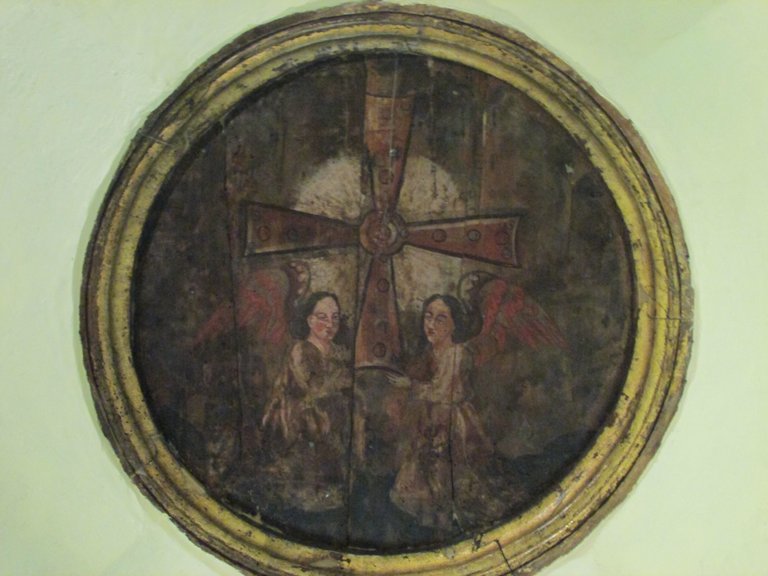
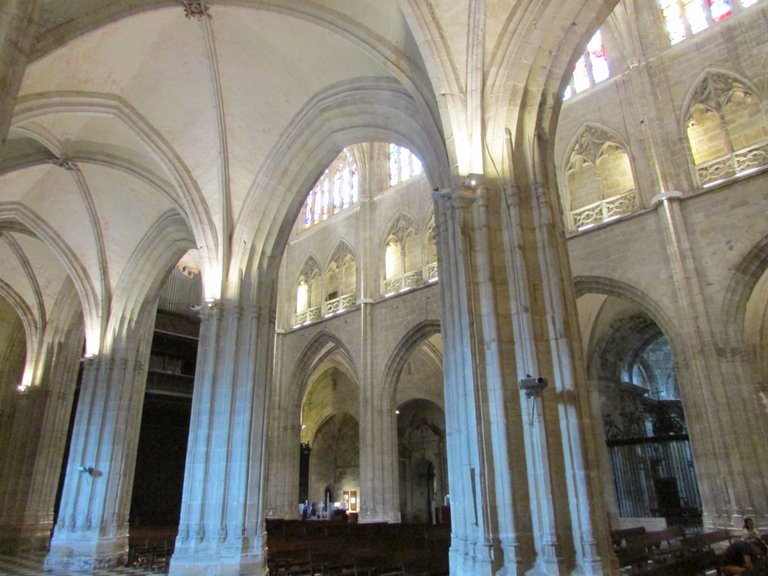
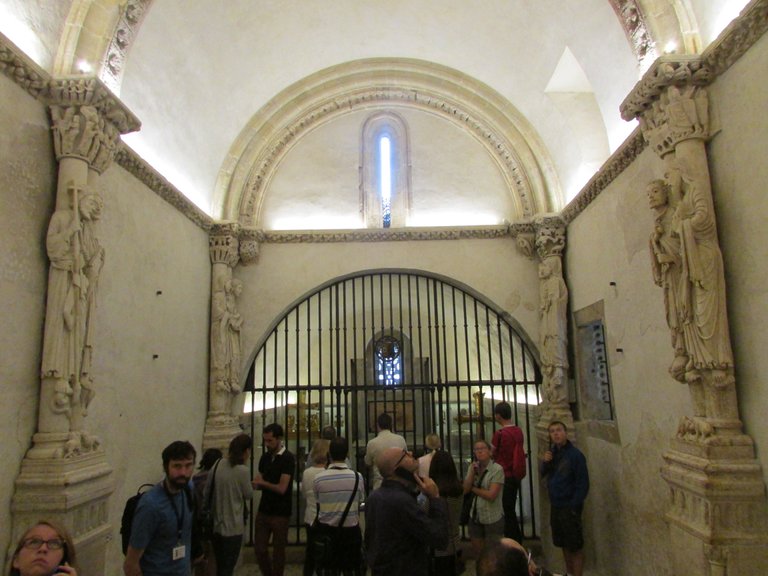
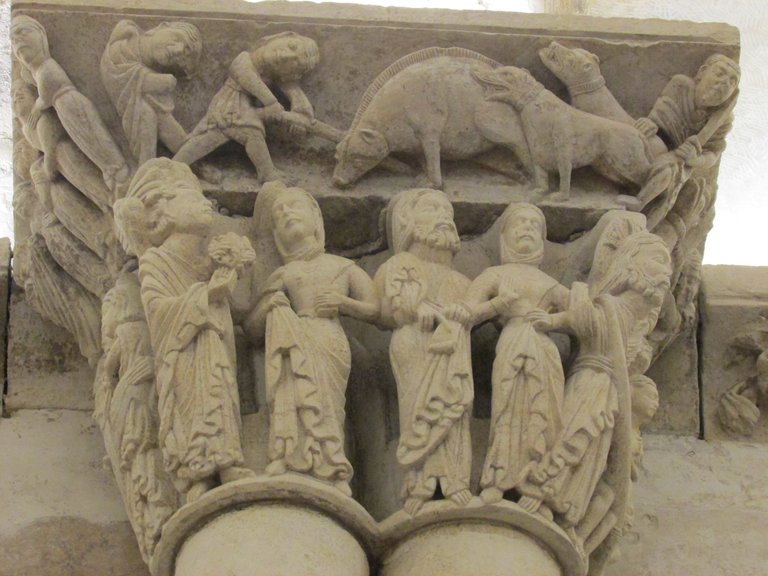
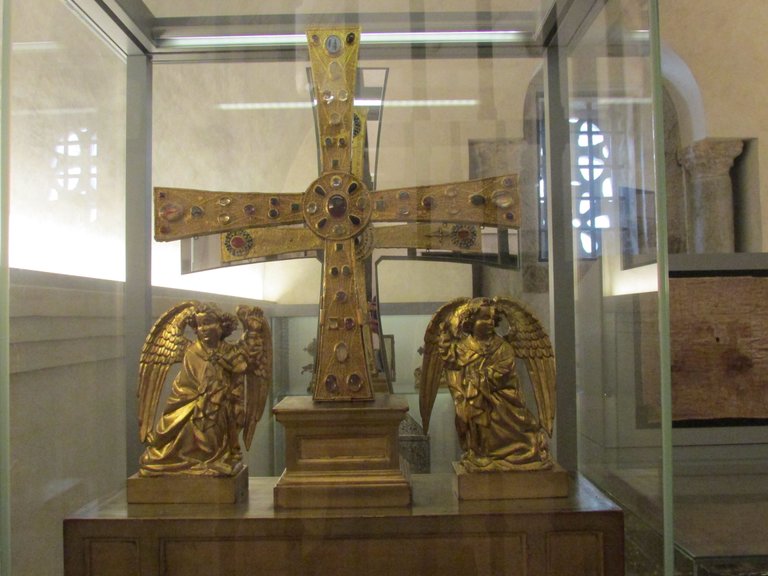
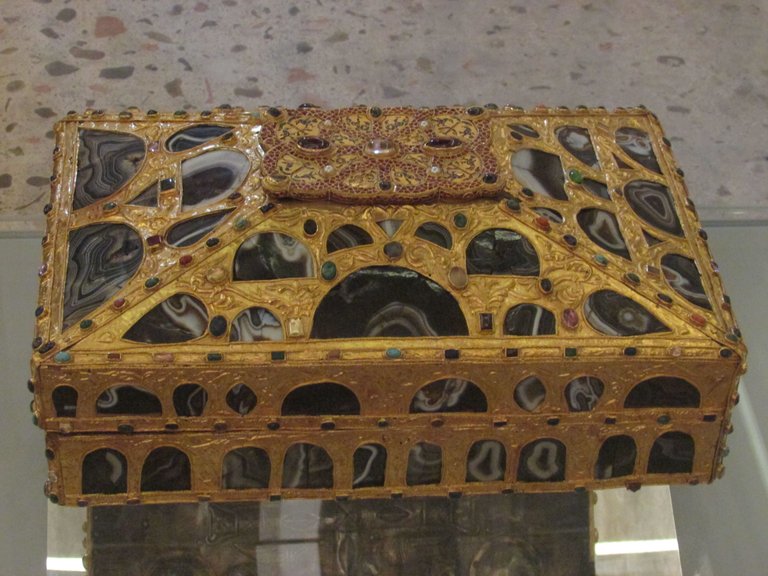
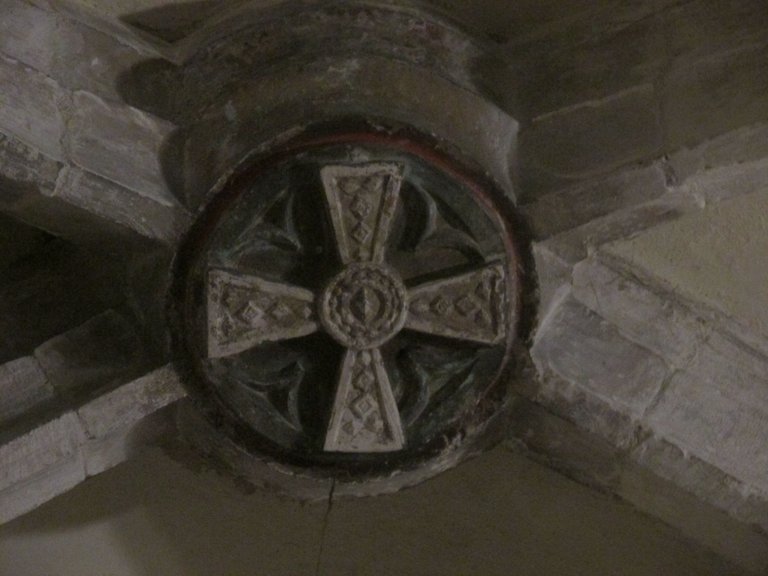
wow amazing.
Thanks